There are quite a few things that Tina Brown doesn’t know: what ‘jejune’ means; when Louis XIV came to the throne; what the passive voice in prose is (not ‘recollections may vary’); what members of the aristocracy are called (Lady Romsey becomes Lady Penelope Romsey) or what members of the royal family are called (the ‘Dowager Duchess of Gloucestershire’ puts in an appearance).Another thing she doesn’t know (which she shares with other authors of works in this obscenely overstuffed genre) is what’s been going on between members of the royal family in the period between the death of Diana, Princess of Wales and the death of the Duke of Edinburgh – which we aren’t likely to find out until the real private papers and emails become available to some future Jane Ridley. The title of this book is a bit of a swiz.
Until then, in the accounts of writers with various degrees of access, intelligence and perception, all we have is tittle-tattle, and the occasional flash of authentic feeling expressed in public. Some of the gossip in The Palace Papers, like all books of this sort, is grossly implausible. There is a claim of something very private that the future Duchess of Cornwall said to the Prince of Wales the first time they went to bed together, which is dutifully footnoted to a volume by the American journalist Kitty Kelley. A moment’s thought will show how unlikely it is that either person would have shared this with anyone without it having the most disastrous effect on their relationship. But the line is too good to be dropped. At this point one starts to think about volumes of royal muckraking that you can make up anything and have a fair chance of it being repeated. If I said in this review that I happened to know that all the Prince of Wales’s siblings were in the habit of referring to him among themselves as ‘Blodwen’, I dare say it would soon find its way into print as a matter of fact.
I’ve had my encounter with the species. There was a moment in the 1990s when I was lurching through Soho after a protracted lunch and came across three policemen outside an advertising agency. ‘What’s going on?’ I asked. The Queen was coming, I was told. Despite my scepticism, I thought I would wait around, and lit a cigarette. Almost at once a black limousine drew up and a policeman leapt forward, opened the door and out she popped. My admiration for Her Majesty is unlimited, and I burst into applause. What she was doing visiting an advertising agency in Soho I never discovered. But she slowed very slightly and gave me a look at once beady and slightly alarmed. And then she was in, shaking the hands of creatives.
The point, I guess, is that the most glancing encounter with any of even the top 30 in line to the succession or their spouses is likely to make an impression – in the street, at the theatre, at a concert or at a party. They still occupy a large place in our national imagination. Their utterances, when they make them, are pored over for implications; their choices are analysed – and probably invented, too. Among many things Brown mentions in her breathless chronicle as evidence of their convictions are the placement of family photographs and the role of jewellery and hats. The suggestion that the Queen’s choice of brooch to wear for Donald Trump’s state visit somehow indicated her disapproval of him shows just how fevered such speculation can get.
This is yet another book about the past 25 years in the royal family, including the Andrew debacle, the Prince of Wales’s life since he remarried, and William and Catherine Cambridge (she knew instantly that she was talking to a hostile stranger when a tabloid investigative reporter phoned her and asked ‘Is that Kate Middleton?’). The Cambridges are dignified, charming, very private and well-behaved, and Catherine’s unheralded visit to Clapham Common to lay flowers for Sarah Everard was much appreciated locally.
The Sussexes, on the other hand, are richly comic characters, and the ludicrous series of disasters, petulance, pompous edicts and self-promotion without thinking things through make the last third of the book unintentionally amusing. High points include Meghan treating the Queen’s dresser, Angela Kelly, like ‘a contract stylist at NBC’ when she arrived bearing the Queen’s choice of wedding tiara, and Meghan’s terrifyingly well-choreographed social ascent without, apparently, ever getting to know anyone. ‘How do you know them?’ a family friend asked George and Amal Clooney at the wedding. ‘We don’t,’ they said (according to Rachel Johnson). I couldn’t find any original discoveries here or compelling new witnesses, and ‘Outside the House of Windsor’ might have been a more accurate subtitle. But I admit to not being familiar with the entire bibliography, having better things to do, such as reading the collected works of Charlotte M. Yonge.
The book is terribly written and gloriously meaningless: ‘The Queen’s frail liege man found heavenly release from his life of service. Gently, and with love, she let him go.’ I quickly found a kind of joy in mapping Brown’s devotion to that heinous crime of prose, elegant variation: the Duchess of Sussex is ‘the family fledgling’ and, earlier on, ‘the earnest, freckle-faced tween’; the Duke is ‘the sexy royal wild card with the Brad Pitt stubble’. The Duke of York is ‘a now divorced horndog eternally on the hunt, with a guffawing, boob-ogling pickup style’ and, more concisely, ‘a coroneted sleaze machine’. A journalist is a ‘limpet-like royal scoop-monger’. The Michael Kents are ‘a low-boil money-grubbing embarrassment’.
Some of this may be meant to appeal to Brown’s primarily American audience, including the report that ‘Her Majesty joined the cast on stage and received a cacophonous five-minute standing O with cheers and whistles’. I think some of those readers haven’t been encouraged to see when a joke is being made, however coarse – such as the young Princes calling a courtier ‘Black-adder’, or the Duke of York bursting in on a journalist lunching with his wife and saying: ‘What are you doing with this fat cow?’ It’s not just a writer assessing an audience, however. I think Brown actually likes it, and even thinks it’s classy. At any rate she feels equipped to be rude about other people’s prose and ventures on a mind-boggling comparison of the Middleton family to characters in Trollope, Dickens and George Eliot, as if to demonstrate quality.
I doubt whether the recent disasters will do much to harm the institution in the long term. As they used to say in Vienna: ‘The situation is hopeless, not serious.’ The cavorting and self-regard of the Sussexes has emphasised the dignity, duty and good sense of the Queen, the Prince of Wales, the Duchess of Cornwall and the Cambridges. If the institution of the monarchy has sunk, it has probably only done so to this observable degree: that if some catastrophe wiped out the entire Cambridge family, it is more likely that we would opt for a republic rather than give Prince William’s brother the crown.
In a curious aside, Brown observes that during a brief break-up in their courtship, Catherine Middleton ‘could have become the wife of a duke or a billionaire’ – as though that might have been a step up. Perhaps the institution has reached this level. If in the future the Sussexes weary of each other and Meghan decides to marry a Californian tech trillionaire, a royal prince would, perhaps for the first time in history, look like a step on the way to the real social summit. I think we can live with that.
Got something to add? Join the discussion and comment below.
Get 10 issues for just $10
Subscribe to The Spectator Australia today for the next 10 magazine issues, plus full online access, for just $10.
You might disagree with half of it, but you’ll enjoy reading all of it. Try your first month for free, then just $2 a week for the remainder of your first year.

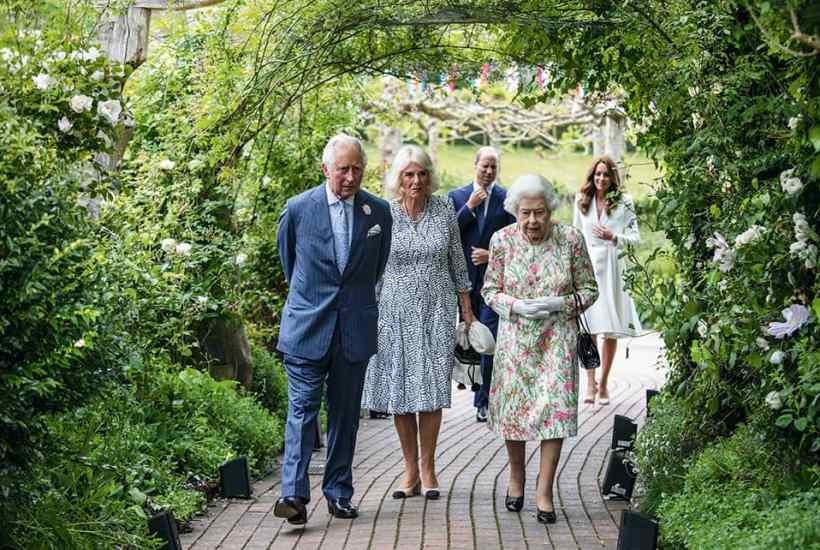
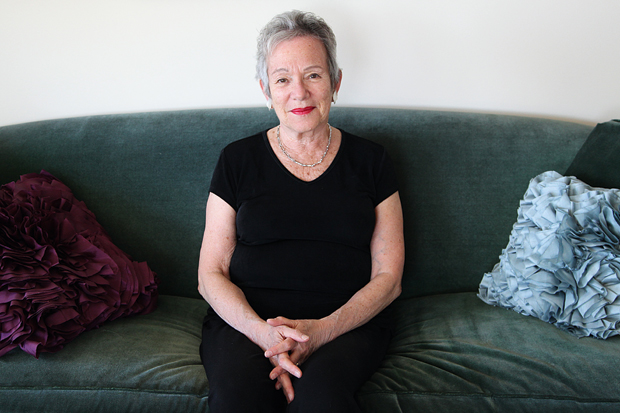

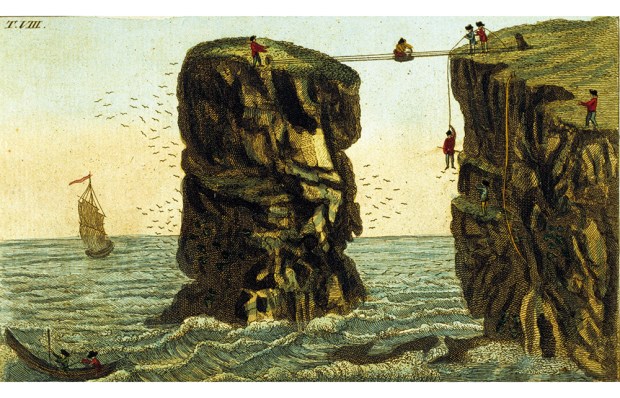
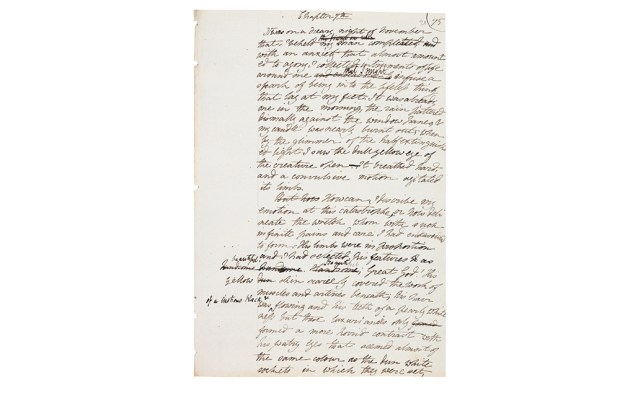
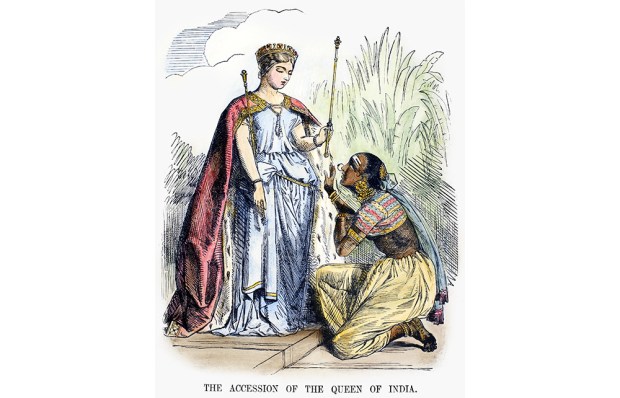
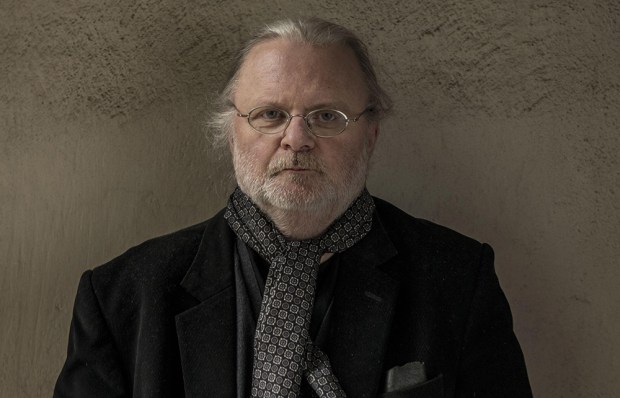






Comments
Don't miss out
Join the conversation with other Spectator Australia readers. Subscribe to leave a comment.
SUBSCRIBEAlready a subscriber? Log in